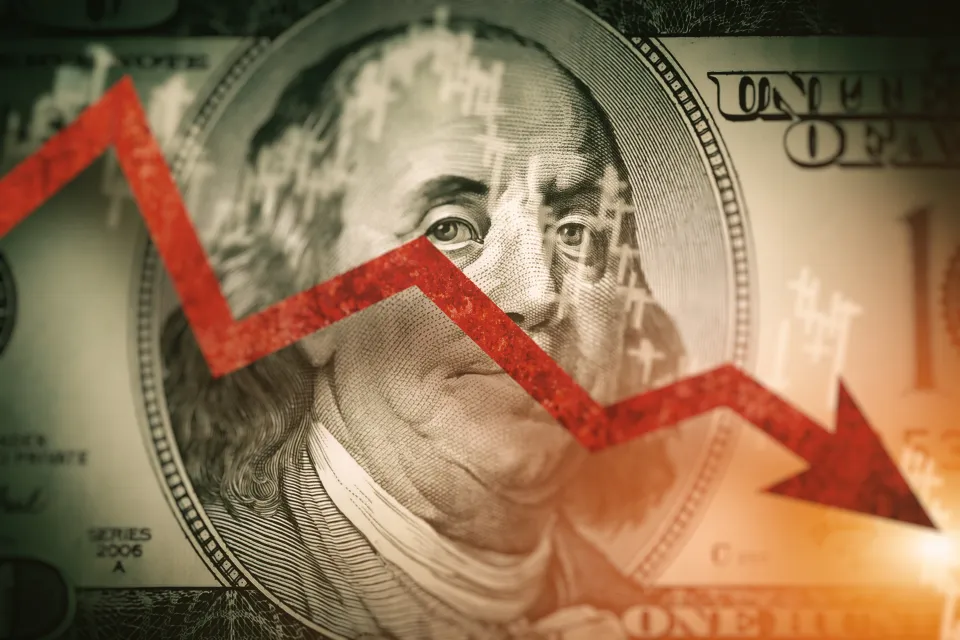Table of Contents
Interest rates are influenced by federal rates, which have recently been adjusted by the US Federal Reserve. How does it impact banks and their customers?
The Federal Reserve of the United States (Fed, for its acronym in English) has raised federal interest rates three times so far this year, a milestone that is not usually very common, but that has been necessary as an attempt to stop the high inflation that Americans have had to endure over the last year. This same dynamic is followed by some financial institutions in the country: they have increased their interest rates, so it is probably more expensive for you to apply for a loan at the moment.
That the banks are raising their interest rates has its negative aspect but also its positive aspect: the bad thing is that you will pay more for the type of loan you request, the good thing is that you will be earning more money in your savings account.
Although the federal interest rates managed by the Fed are independent of bank rates, one influences the other. In other words, by raising federal rates, you are increasing the rate at which banks and credit unions typically borrow. So if they are more expensive, banks should protect themselves from that change as well. That’s why interest rates on credit cards, loans, and savings accounts typically go up.
According to research from The Ascent, credit cards and savings accounts are the most sensitive to changes in the fed funds rate. This is followed by personal loans, auto loans, and finally mortgage loans.
Credit cards
Although most credit cards have an interest rate that is variable, the changes made by the Fed affect them almost automatically and this is reflected in the annual percentage rate, known as APR, for its acronym in English.
According to research by CreditCards.com, currently the average credit card interest rate is 18.4% and the average APR for subprime credit cards is 27.12%. According to analysts, with the Fed raising interest rates, credit card interest rates have become historic.
Personal loans
Although they do not directly depend on what the Fed does, they can be influenced. While there are personal interest rates that are fixed rates, there are those that are variable rates, meaning they can fluctuate as the fed funds rate changes.
Savings accounts
Many interest rates rise in favor of Americans as federal rates rise. If you have a savings account, you have most likely noticed that you have been paid more interest after the Fed announcements.
